Description
Angelfish (Pterophyllum scalare) are one of the most popular and sought-after species in the freshwater aquarium trade, known for their graceful beauty and striking appearance. With their distinctive triangular shape, flowing fins, and vibrant colors, these fish are often considered the jewels of the aquarium world. Native to the Amazon River basin in South America, angelfish are not only visually stunning but also exhibit fascinating behaviors that make them a delight to observe.
Physical Characteristics:
Angelfish typically reach sizes of 6 to 8 inches in length, with a height of about 8 to 10 inches, depending on the species. They come in a variety of color morphs, including classic silver, black, gold, and marble patterns, making it easy to find a variety that fits your aquarium’s aesthetic. Their long, elegant fins and unique shape give them a majestic presence as they glide gracefully through the water.
Habitat and Distribution:
In the wild, angelfish inhabit slow-moving waters, such as rivers and floodplains, where they seek refuge among dense vegetation and submerged structures. This natural habitat allows them to hide from predators and hunt for food. In an aquarium setting, they thrive in a well-planted environment that mimics their natural surroundings.
Diet and Feeding:
Angelfish are omnivores and require a varied diet to stay healthy and vibrant. They enjoy high-quality flakes, pellets, frozen foods, and live foods such as brine shrimp and bloodworms. It’s important to provide a balanced diet to promote proper growth and coloration. Feeding smaller portions multiple times a day is ideal to replicate their natural foraging behavior.
Behavior and Interaction:
Angelfish are generally peaceful but can display territorial behavior, especially during breeding. They are known for their engaging personalities and will often interact with their owners, coming to the front of the tank during feeding times. When kept in groups, it’s best to have a mix of males and females to minimize aggression.
Tank Requirements:
To create a suitable environment for angelfish, a tank of at least 20 gallons is recommended, with plenty of swimming space and hiding spots. A gentle filtration system and regular water changes are essential to maintain water quality, as angelfish are sensitive to poor conditions. The ideal water temperature ranges from 24-28°C (75-82°F) with a pH level between 6.5 and 7.5.
Breeding:
Breeding angelfish can be a rewarding experience for aquarists. They typically form monogamous pairs and will lay eggs on flat surfaces, such as leaves or glass. The parents will guard and care for the eggs, making for an interesting observation in the aquarium.
Visit the best aquarium shop near Kukatpally, Hyderabad, to discover the enchanting world of angelfish and learn how to create the perfect environment for these elegant jewels of the aquarium!


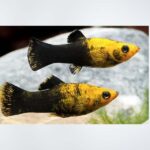
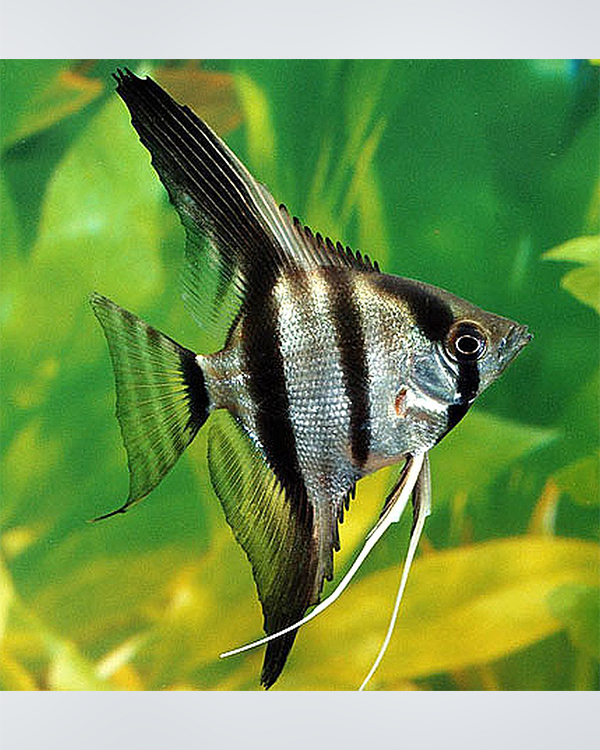

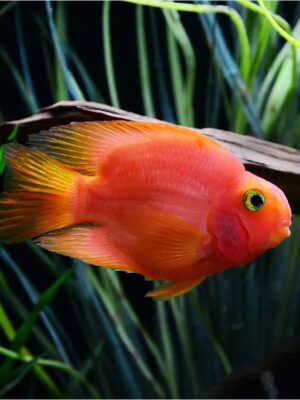
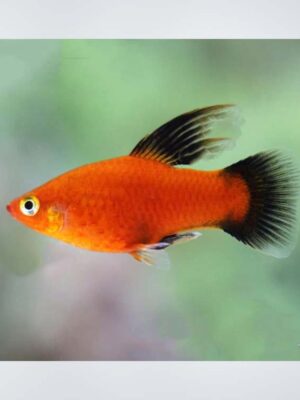
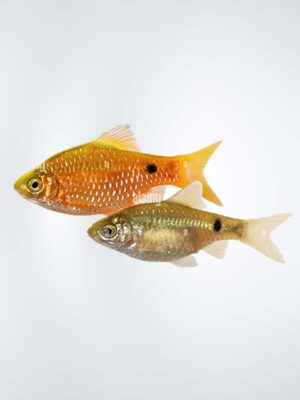
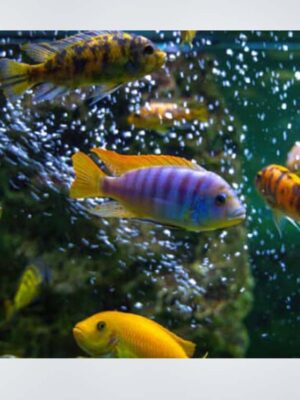
Reviews
There are no reviews yet.